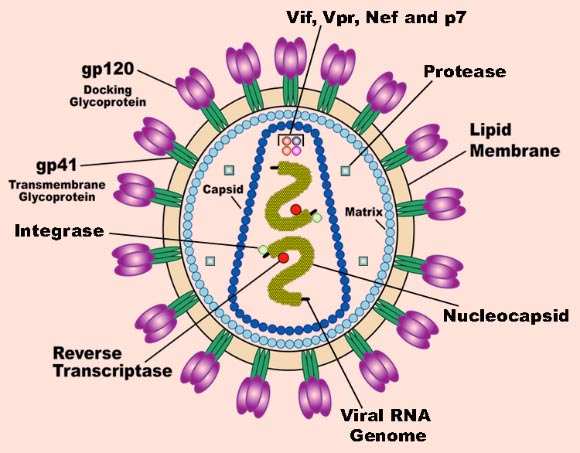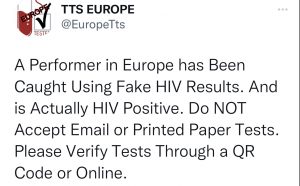In their two studies, the scientists found that host cell membrane proteins called SERINC5 and SERINC3 greatly reduce the virulence of HIV-1 by blocking the ability of the virus to infect new cells.
HIV-1 Nef, a protein important for the development of AIDS, counteracts the SERINCs. New drugs that target Nef would permit the SERINC proteins to inactivate the virus.
“It’s amazing, the magnitude of the effect that these proteins have on infectivity. The SERINC proteins reduce the infectivity of HIV-1 virions by more than 100-fold,” said Prof. Jeremy Luban from the University of Massachusetts Medical School.
“The ability of HIV to inhibit these SERINC proteins has a profound impact on its capacity to infect other cells,” said Prof. Heinrich Gottlinger, also from the University of Massachusetts Medical School.
“Disrupting this mechanism could be a very powerful strategy for treating HIV and similar viruses that express the Nef protein.”
The two studies used completely different, yet complementary, methodologies to unravel the complex interaction between the HIV-1 protein Nef and the cell surface membrane proteins SERINC5 and SERINC3, both of which are expressed in the immune system’s T cells.
The researchers performed parallel sequencing on 31 human cell lines that differed in terms of the magnitude of dependence on Nef for HIV-1 replication.
They also approached the problem biochemically. Conducting proteomic analysis of purified virions, they were able to identify host cell proteins that Nef regulated.
“It has been known for more than 20 years that Nef is needed to make HIV-1 such a deadly virus. Our new studies may finally give us an important glimpse into how Nef might do this,” Prof. Luban said.
The HIV-1 virus consists of only nine genes. To replicate its genome, the virus requires a host cell.







 TrafficHolder.com - Buy & Sell Adult Traffic
TrafficHolder.com - Buy & Sell Adult Traffic